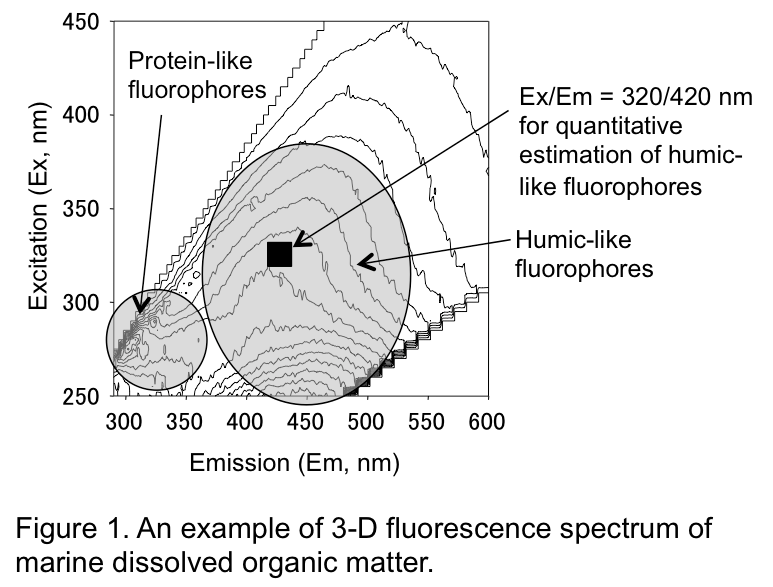Yohei Yamashita
Evaluating the source and chemical speciation of dissolved iron in the North Pacific Intermediate Water
Research summary
Iron is one of the major elements controlling the phytoplankton growth in large areas of the global ocean and is less soluble in oxic seawater. Since external sources of iron are temporally and spatially sporadic, long-distance transport of dissolved iron is vital to connect external sources with primary productivity in remote ocean areas. The sedimentary derived iron from shelf of the Sea of Okhotsk has been considered to have a strong impact on iron distribution in the western North Pacific, in particular, in the North Pacific Intermediate Water, however, the mechanism supporting its transport has not been documented.
Siderophores, saccharides, and humic substances have been considered to be probable Fe-binding organic ligands in marine environments. Among these, biologically refractory humic substances are possibly the more important iron carriers in the deep ocean, because siderophores and saccharides are relatively biologically labile. Thus, in this project, we will focus humic substances, which can be evaluated by a fluorescence spectroscopy (Fig. 1), as a tracer for iron species. Three dimensional distributions of humic substances and dissolved iron will be determined at the Bering Sea, the Sea of Okhotsk and the western North Pacific to evaluate the source and chemical speciation of dissolved iron in the North Pacific Intermediate Water.

Principle Investigator:
Youhei Yamashita
Hokkaido University, Faculty of Environmental Earth Science, Associate professor, Biogeochemistry
http://geos.ees.hokudai.ac.jp/yamashita/homu.html
Collaborator:
Jun Nishioka
Hokkaido University, Institute of Low Temperature Science, Associate Professor, Chemical Oceanography


